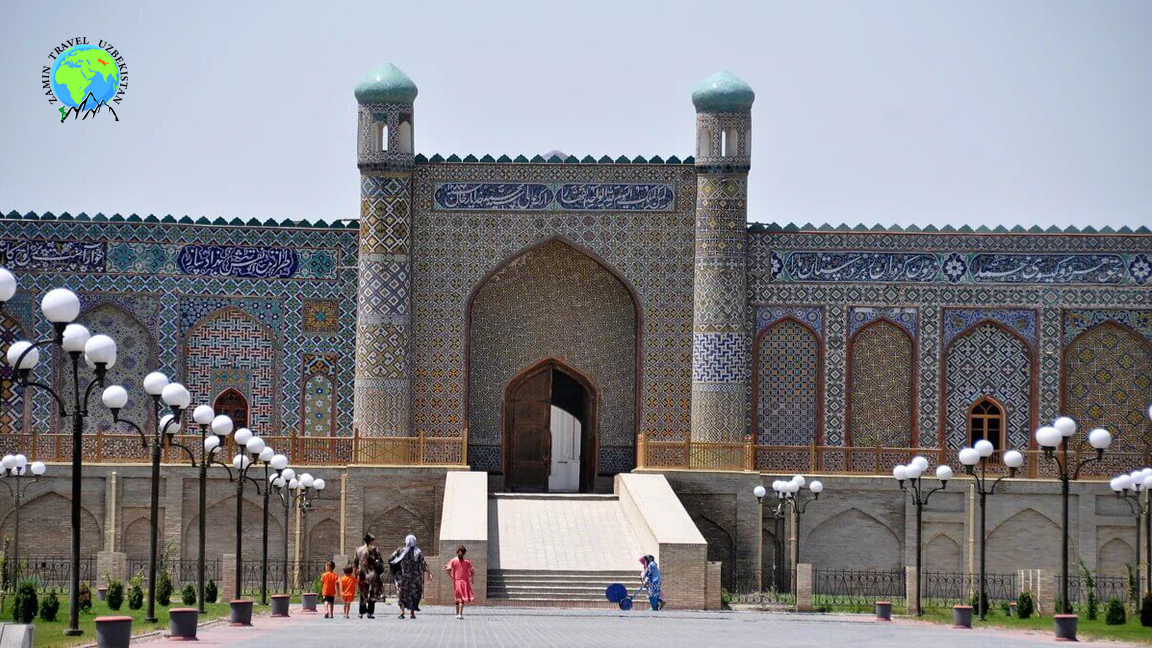


For a long time, Kokand was the most important city in the Ferghana Valley. The first written mention About the city "Khavikand" can be found in chronicles of the 10th century, where it was famous for its craft as a community on the Great Silk Road. In the 18th and 19th centuries it was the capital of the powerful Kokand Khanate, an independent state that dominated most of what is now Uzbekistan and neighboring states. Kokand was a large religious center. In the years of its prosperity there were 35 madrasas and 100 mosques. Twenty-nine khans ruled Kokand, but the most famous among them was the last khan, Khudoyar-Khan, who had the Khudoyar-Khan Palace built over the city from 1845 to 1876. This palace has been preserved to this day and became the ruler's seventh prestige building - a mansion. The best craftsmen from all over the valley adorned the magnificent palace, which was built in 1871 by the architect Mir Ubaydullo. The palace facades contain the ornaments made of ceramic tiles; the interior is decorated with carved "Ganch mosaics" and colorful wall paintings. The palace consisted of seven small courtyards and 119 rooms. Stone fences surround the entire area. Today the palace houses a local museum. The Norbutabi Madrasah, which was built at the end of the 18th century, was the main religious center of the city. After Uzbekistan gained its independence, this madrasah served as a seminary location. The Juma Mosque Cathedral, which was built at the beginning of the 19th century, can be cited as a notable example of Islamic architecture. The bays of the "Ayvan" terraces are supported by 98 carved pillars made of hardwood. The unique ceiling of the mosque is decorated with beautiful intricate paintings. The great minaret can be seen from anywhere in the city.